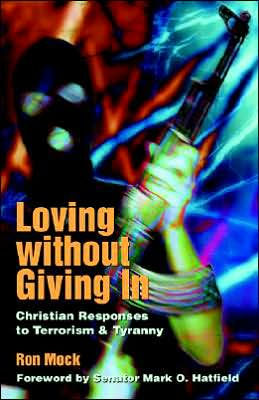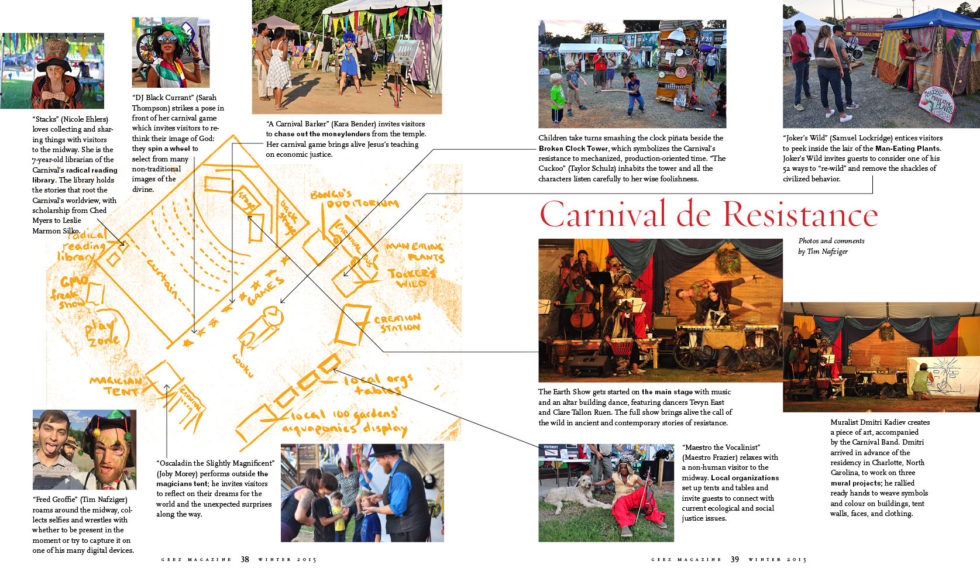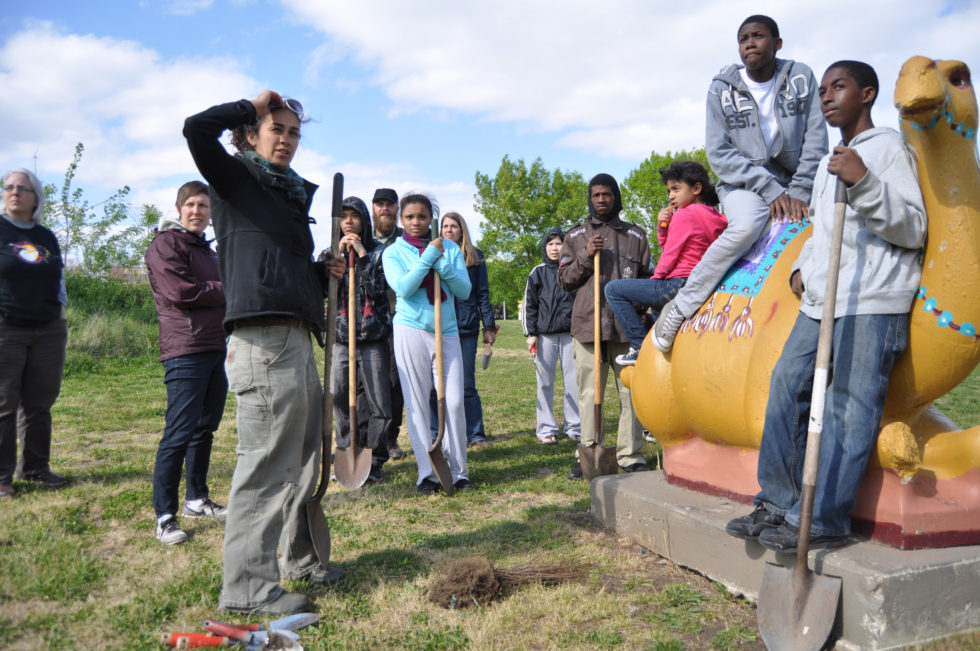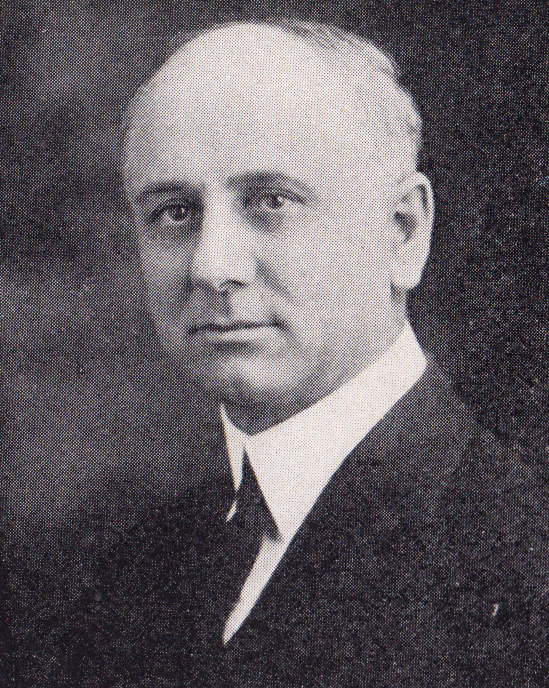Divisiveness and nonviolent direct action

Note: This piece was first published two years ago on my blog for The Mennonite. It was written in response to the 2016 shooting of police offers in Dallas by Michael Xavier Johnson.
In the wake of the shootings of police and civilians in Dallas, many voices are blaming the Black Lives Matter movement and the growing opposition to police violence and white supremacy. But now more than ever we need movements of committed, militant nonviolence.
Shootings like the one in Dallas grow out of what scholar Ron Mock calls corrosive grievance. These are grievances that build up over time around injustice that is not addressed: the injustice of the mass incarceration of black men in our country, racial inequality in of the U.S. education system and the healthcare system and many other layers of systemic racism. For more, watch this 2 minute video from Mennonite training organization Roots of Justice:
Grievances about these injustices become corrosive when people feel powerless and unheard. In his blog post yesterday Mennonite activist theologian Ched Myers reminded us of John F. Kennedy’s observation along these lines 55 years ago: “Those who make peaceful revolution impossible will make violent revolution inevitable.”
September 10, 2018 Nonviolence, Social justice, Tactics Read more >











